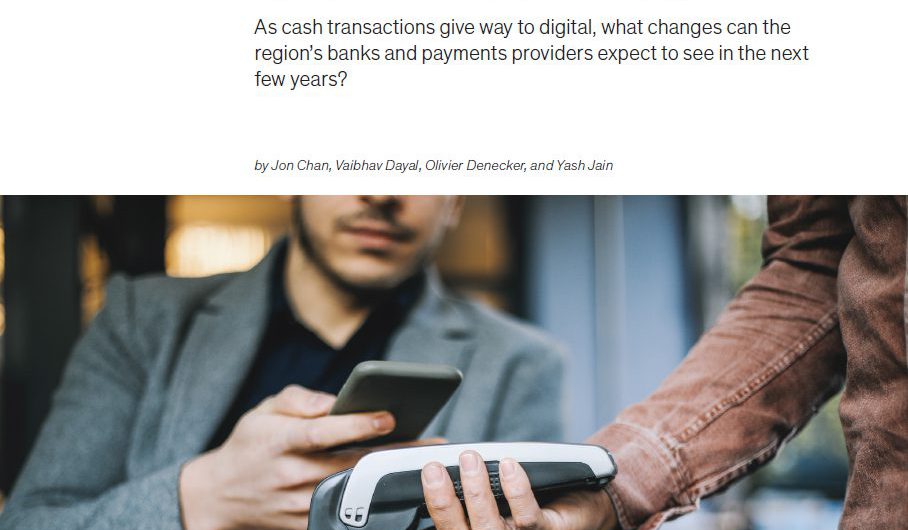
About the publication:
The payments landscape in the Middle East is heading for an inflection point. Despite the region’s digitally-savvy population—with smartphone penetration reaching 80 to 90 percent in leading markets—the region has remained heavily dependent on cash. Only about a third of retail transactions are conducted electronically, thanks to factors such as underdeveloped digital-payments infrastructure and services, underbanked consumer and merchant segments, and a cultural bias toward cash. However, new government and regulatory initiatives, coupled with the entry of new local, regional, and global payment providers, are bringing rapid change. Moreover, the COVID-19 pandemic has triggered an acceleration of digital adoption and a flight from cash, as it has in other regions.
To explore the new payments landscape and consider what it means for the future, McKinsey asked payments practitioners operating in the Middle East about the key shifts they expect to see in the next five years. The findings of this research shed light on industry pressures, potentially disruptive forces, changing payment preferences, and the prospects for banks, tech players, telecom companies, FinTechs, and others in a rapidly evolving environment.
About The Authors:
Jon Chan is an associate partner in McKinsey’s Dubai office
Yash Jain is a senior capabilities and insights analyst
Vaibhav Dayal is a knowledge expert in the Delhi office
Olivier Denecker is a partner in the Brussels office




